I had the good fortune of being a speaker at the first ever Natural Beekeeping Conference that took place this weekend in Pasadena, CA. Honeylove.org organized the event. They gathered top experts in treatment-free beekeeping from around the continent, and welcomed guests from all over the world. Yours truly taught Gardening for Beekeepers.
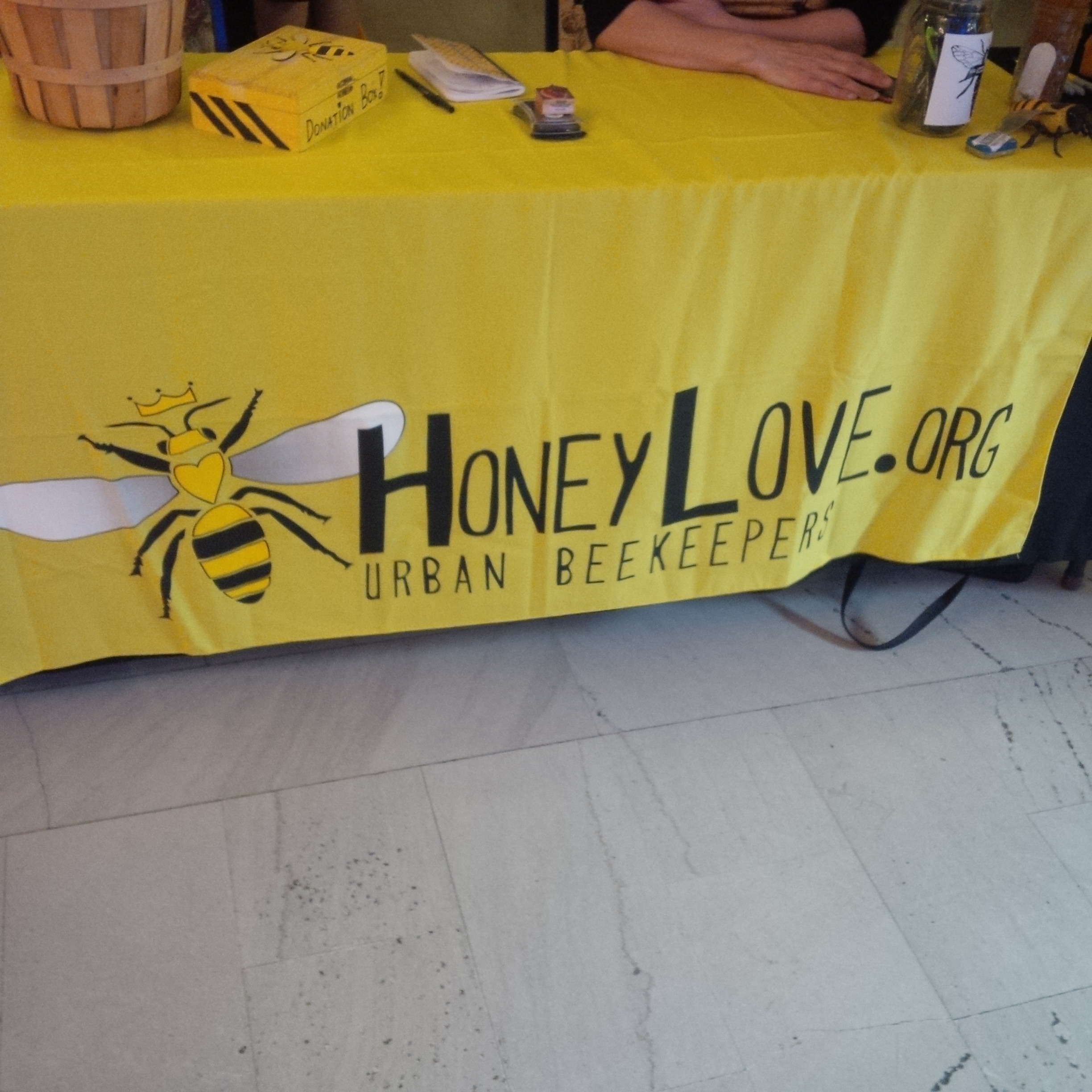
Most of my beekeeping colleagues have attended regular beekeeping conferences, only to find themselves flabbergasted by the amount of attention given to chemicals: miticides, fungicides, artificial food sources, and fumigants purported to keep bees healthy. One can’t help but question the reasoning behind the whole industry.
As urban beekeepers (and gardeners), we don’t subject our bees to nearly the onslaught of chemicals or adverse living conditions that commercial bees endure. We don’t move them around, we don’t subject them to monocrops, we don’t (hopefully) spray our yards with industrial compounds that disrupt a bee’s foraging and social behavior. So natural gardening promotes natural beekeeping. Others in the commercial industry apparently don’t have that luxury, thus the chemical warfare.
It begs the question posed by Michael Thiele during his talk when he mentioned the recent 44% bee die-off statistic for 2015. “What will it take before we shift?”

Michael Bush, author of The Practical Beekeeper: Beekeeping Naturally, shared his 4 steps to healthy bees:
- No treatments – chemicals mask smells that bees need to smell; wax absorbs chemicals, chemicals prevent pollen from fermenting (bees only eat fermented pollen); insecticides kill off a protective film inside the bee’s gut.
- Breed local survivors – put selective pressure where it belongs to breed stronger bees that outlive diseases and infestations.
- Natural food – natural pollen is the best source of protein for bees. Bees fed sugar syrup live fewer weeks than bees fed natural pollen. The pH of sugar is different than pollen and encourages onset of diseases.
- Natural Comb – these days, pre-fab foundation is manufactured with larger cell sizes than bees naturally create for themselves. The industry does this to breed larger bees. Bees don’t need to be bigger than they are supposed to be. Plus the wax is usually impregnated with chemicals to wipe out bacteria and other microbes that are part of the bee’s ecosystem.
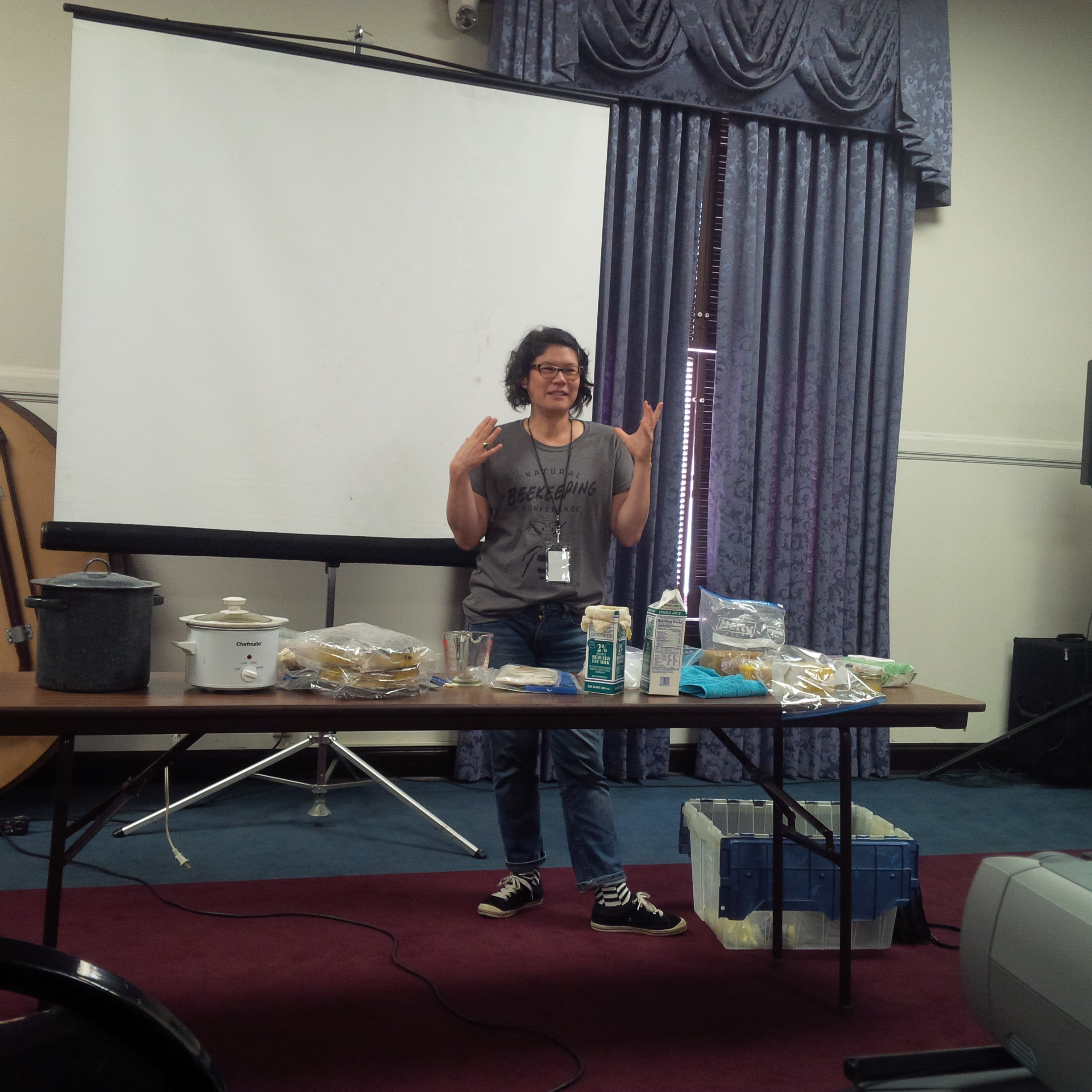
There were discussions about Langstroth vs. Warre hives vs. log hives, vs. Top Bar. The conference also offered classes for practical applications like wax rendering from Max Wong, who made us lip balm from her beeswax and olive oil. Other dynamic speakers like Hillary Kearney of Girl Next Door Honey in San Diego, and Eliese Watson of ABC Bees of Alberta, Canada gave talks on how to run a beekeeping or honey business. Both women left me in awe of all that they do.
Oh, and there was a bunch of pretty stuff to buy:
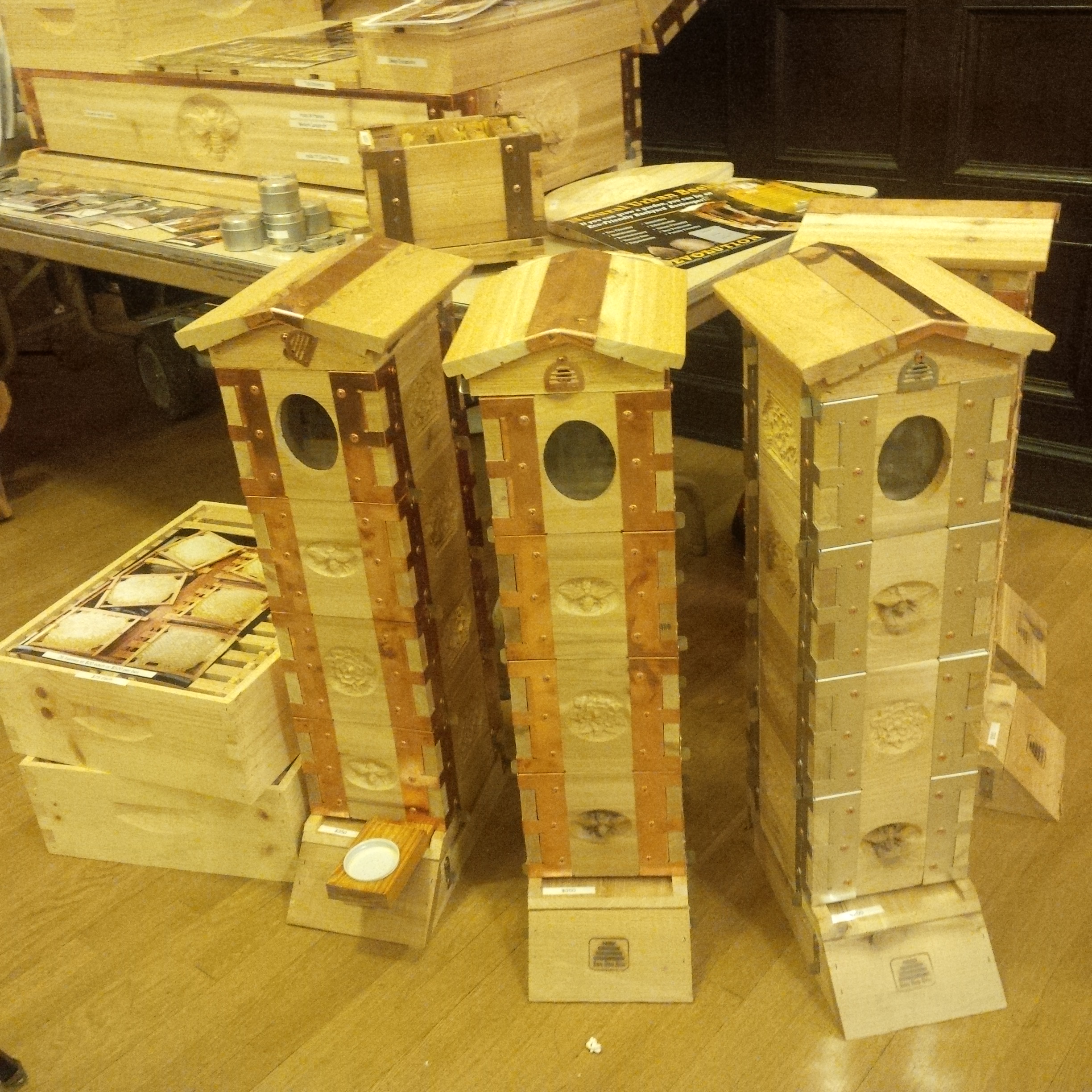
Essentially my takeaway from the conference mirrors the beehive behavior: community is everything, support is all around us, and if we let bees do what they do naturally, everyone wins.


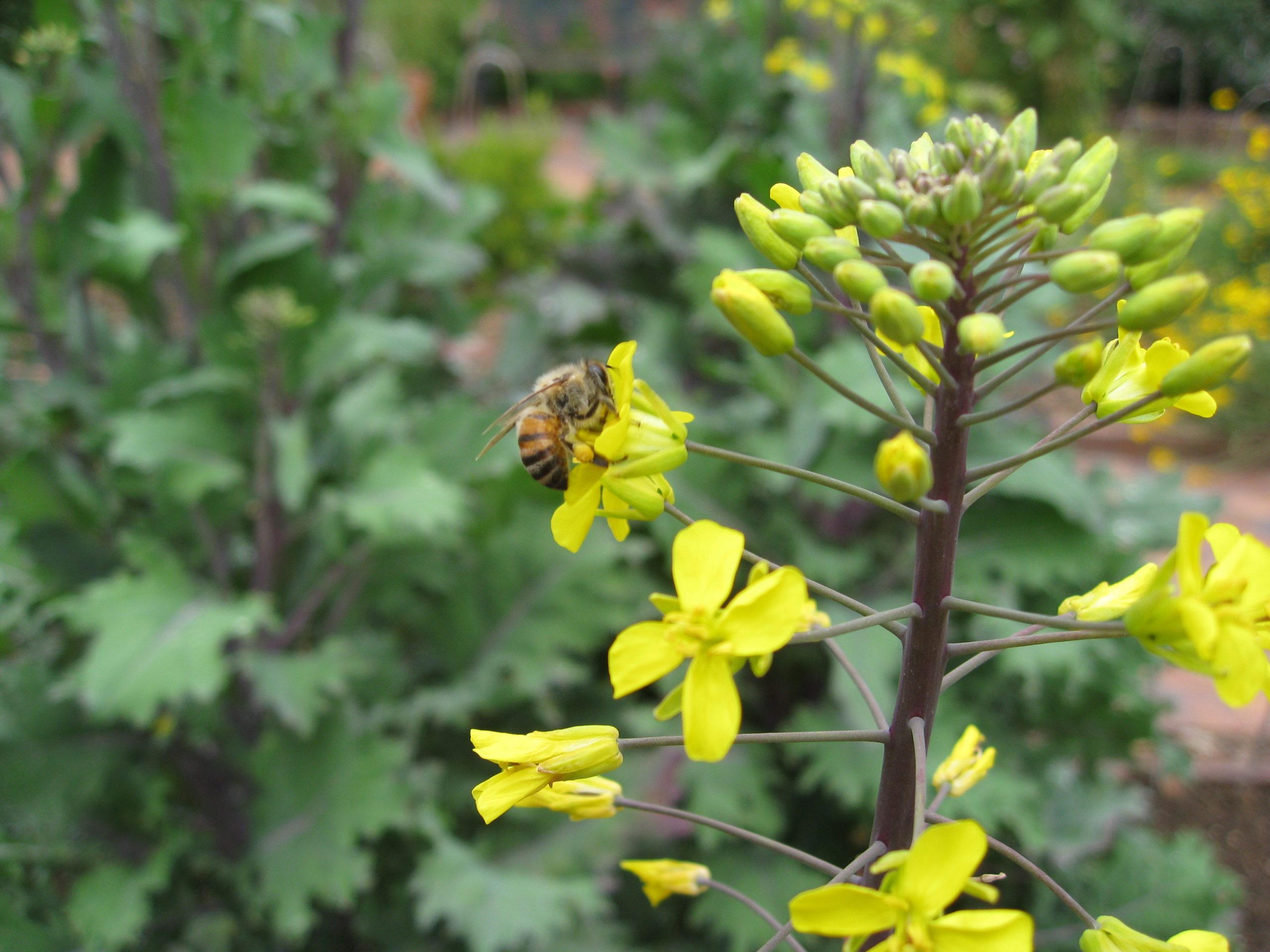
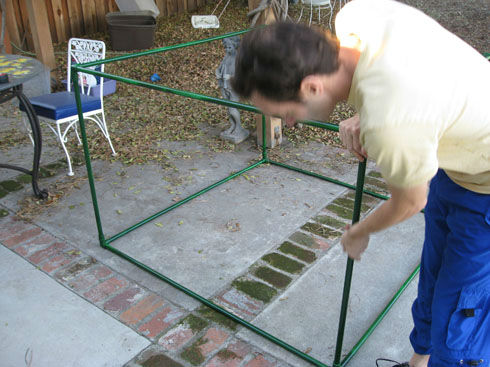
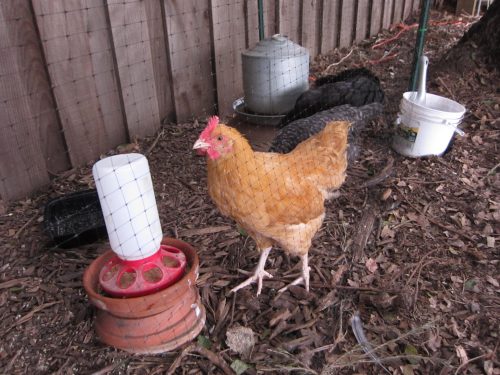
I have attended other conferences that were NOT chemically intensive, so they are out there—-it is just such a heavy, expensive endeavor to put on a Treatment Free conference, that the folks who did it in the past have stopped! The Northeast TF conference in Mass. and the Northwest TF conference in Oregon were excellent, but the burden was too much to bear. Often, ticketbuyers wait till the last minute to sign up and the stress of not even clearing expenses becomes untenable.
Thanks for adding your insight on the situation. Hopefully as more people realize the importance of treatment-free beekeeping practices, the demand for those other conferences will fuel affordability.